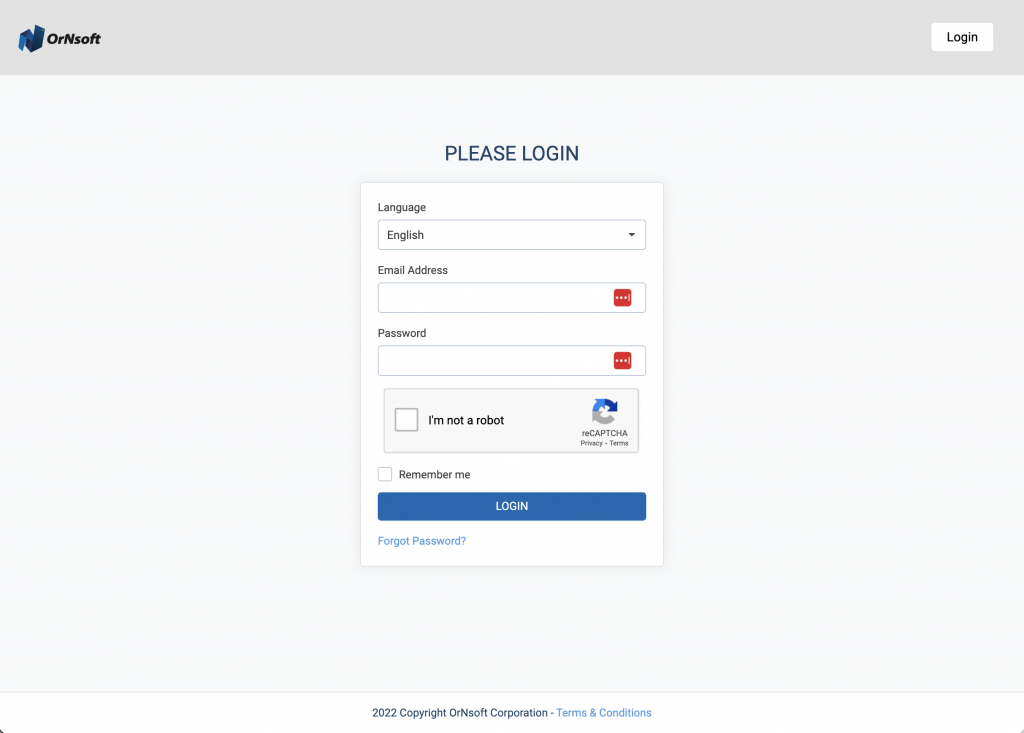Introduction
In our technologically advanced world, the interaction between humans and robots is becoming increasingly prevalent. From automated manufacturing lines to personal home assistants, robots are now an integral part of our daily lives. In this article, we delve into the fascinating world of Human-Robot Interaction (HRI), exploring its history, importance, practical applications, and its role in modern enterprises.
What Is "Human-Robot Interaction"?
Human-Robot Interaction (HRI) is a multidisciplinary field that focuses on understanding, designing, and evaluating robotic systems for use by or with humans. It incorporates elements from computer science, artificial intelligence (AI), engineering, ethics, design, and social sciences. HRI seeks to understand the dynamics of human behavior and communication to create robots that can interact with humans in a natural and intuitive way.
History of "Human-Robot Interaction"
The history of HRI can be traced back to the 20th century when the first industrial robots were introduced. These early robots were typically used for repetitive tasks and had limited interaction with humans. However, with the advent of AI and machine learning in the late 20th and early 21st centuries, robots started to become more intelligent and capable of interacting with humans in more complex ways. Today, HRI is a rapidly evolving field, with robots being used in diverse settings such as healthcare, education, and customer service.
Importance of "Human-Robot Interaction"
The importance of HRI cannot be overstated in today’s tech landscape. As robots become more integrated into our society, the need for effective and efficient HRI grows. Robots are increasingly being used in contexts where they must interact closely with humans, from collaborative robots (cobots) in manufacturing to service robots in healthcare. Thus, understanding and improving HRI is crucial for the safe and effective use of robots in these settings.
Practical Applications
There are numerous practical applications for HRI. For example, in healthcare, robots can assist with surgeries, deliver medication, and provide companionship for elderly patients. In education, robots can be used as teaching aids, helping students learn complex concepts in a more engaging and interactive way. In the business world, customer service robots can handle routine inquiries, freeing up human staff for more complex tasks.
The Role of ‘Human-Robot Interaction’ in Modern Enterprises
HRI plays a crucial role in modern enterprises, particularly in industries such as manufacturing, logistics, and customer service. Robots can perform tasks faster, more accurately, and for longer periods than humans, leading to increased productivity and efficiency. Furthermore, robots can perform tasks that are dangerous or difficult for humans, improving workplace safety. By understanding and improving HRI, businesses can optimize the use of robots in their operations, leading to improved outcomes and competitiveness.
Case Study
A great example of successful HRI implementation is in Amazon’s warehouses. The e-commerce giant uses thousands of robots to move goods around its massive warehouses. These robots work alongside human employees, picking, packing, and shipping orders. The use of robots has significantly increased productivity and efficiency in Amazon’s operations, demonstrating the power and potential of effective HRI.
Future Outlook
The future of HRI is promising, with advancements in AI and machine learning paving the way for more sophisticated and intuitive interactions between humans and robots. We can expect to see robots becoming more integrated into our daily lives, from personal home assistants to self-driving cars. Furthermore, as our understanding of HRI improves, we can expect to see robots that can understand and respond to human emotions, leading to more natural and meaningful interactions.
Conclusion
In conclusion, Human-Robot Interaction is a vital aspect of our technologically advanced world. Its importance is set to grow as robots become more integrated into our society. By understanding and improving HRI, we can harness the power of robots to improve productivity, efficiency, and quality of life.
Intrigued by the potential of AI for your business? Schedule a free consultation with us here.

